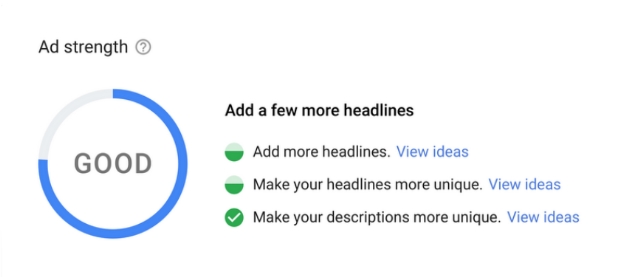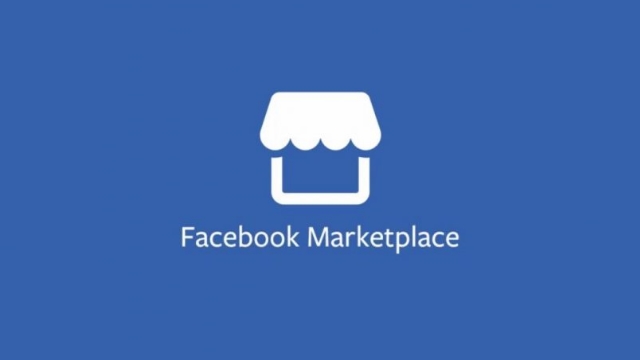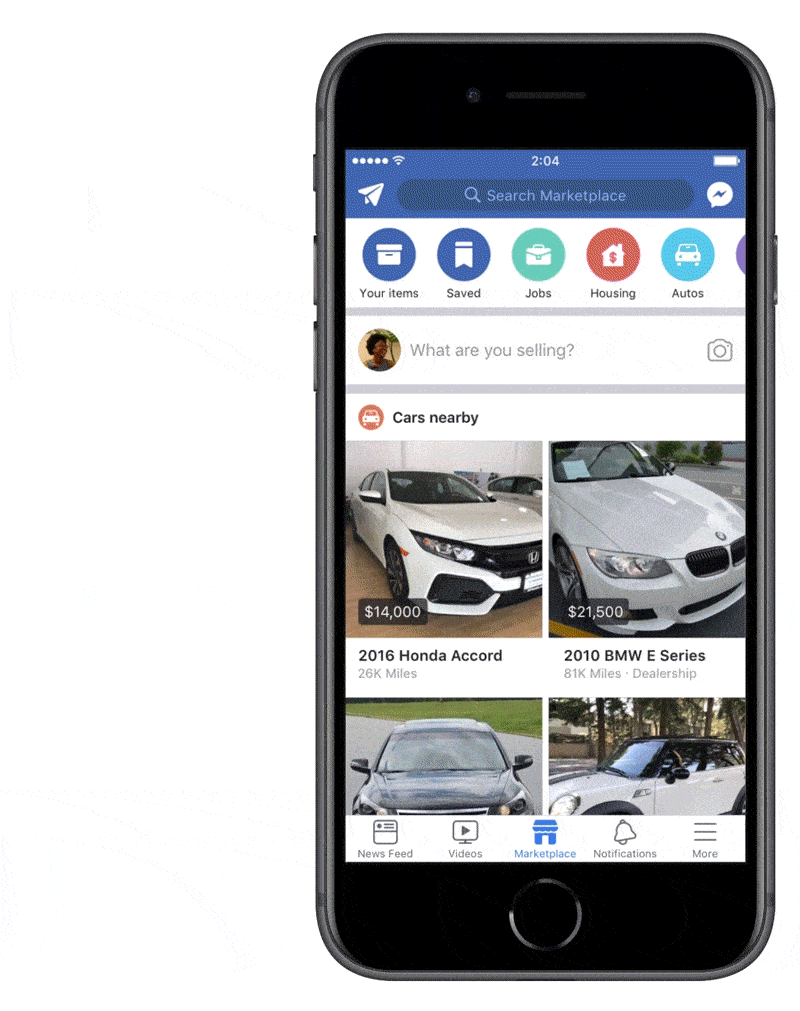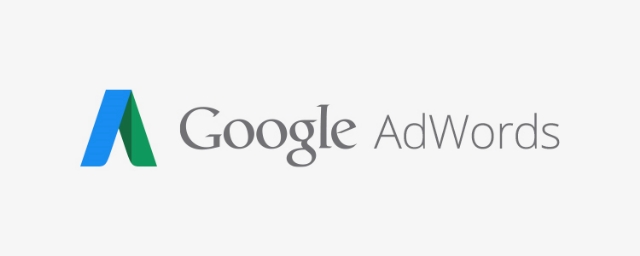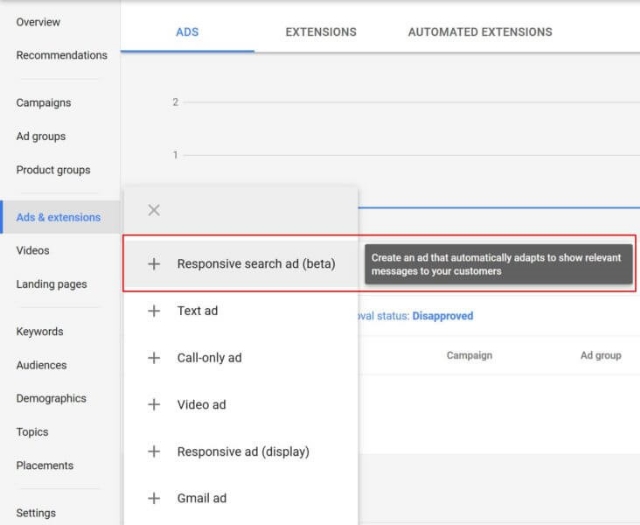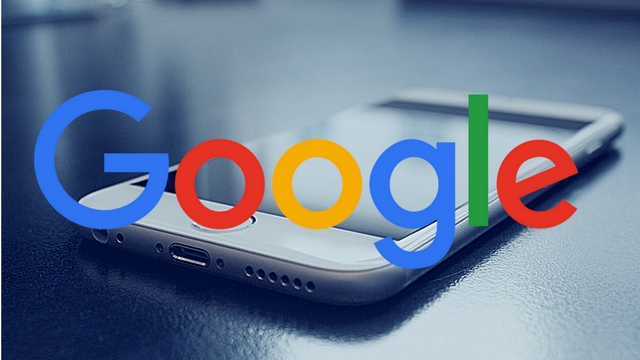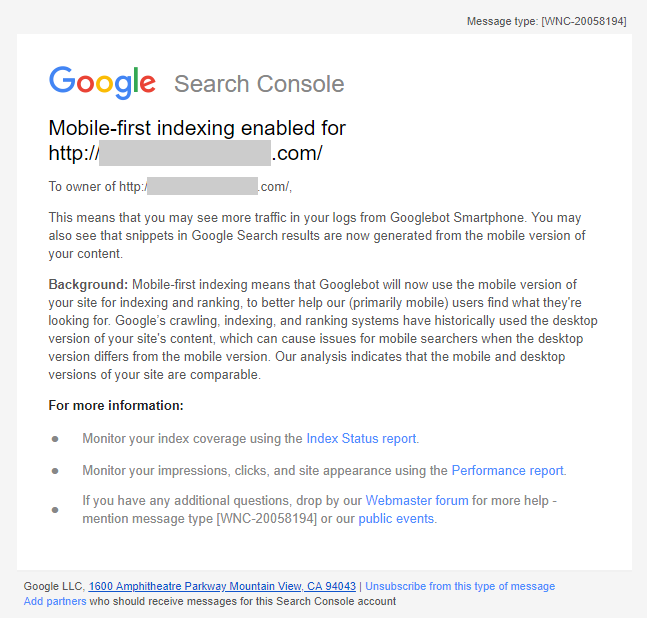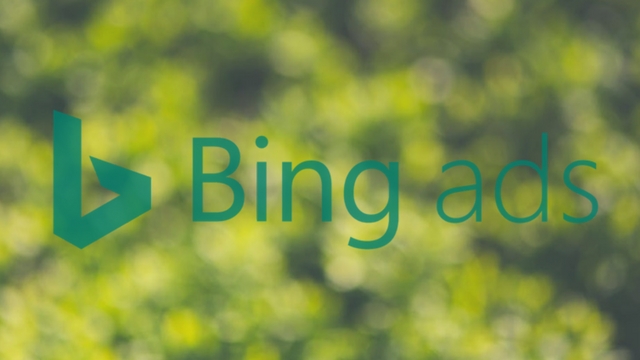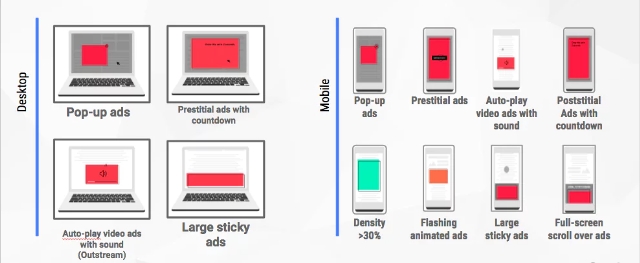
For the first time since its release in 2016, Pinterest is making major changes to its self-serve Ads Manager, including dynamic pricing and stock information.
All the changes coming to Ads Manager
Perhaps this biggest change is a new step-by-step campaign set-up tool that will walk advertisers through picking a business goal, customizing their audience, and selecting or creating Pins to promote.
Pinterest is also introducing ad placement options to select whether you want your ads to appear in feeds or search results at the ad group level.
Advertisers will also be given more control over when their ads are scheduled to run, as well as a “pause campaign” tool for reviewing Promoted Pins before they start running.
To help you better target your ads with a detailed audience, Pinterest is integrating the Audience Insights tool directly into the ad manager. This will keep you from having to switch back and forth between windows to create data-driven audiences for your ads.
At the same time, Pinterest is making some changes to its reporting dashboard to let advertisers make changes to multiple rows or campaigns at the same time.
Updates to Product Pins
As part of the revamp, Pinterest is greatly expanding the options available for Product Pins, including the addition of dynamic pricing and up-to-date stock information.
The company is also increasing the number of Product Pins that will include the shopping bag icon to directly link to a checkout page, making it easier to purchase items with just a few clicks.
The new Product Pins are replacing the Buyable Pin format and are already rolling out for both mobile and app versions of Pinterest.
New fashion and home discovery categories
Lastly, Pinterest is creating two new shopping recommendation categories for home décor and fashion retailers within the Style and Home sections. This will give these retailers more opportunities to reach new audiences and help ensure their ads are shown to the right audiences.
With the holiday season coming up, now is a good time to make yourself familiar with all the new advertising options on Pinterest. The social shopping platform is one of the biggest tools used by online shoppers to not only plan their holiday gift purchases but actively purchase new products as they browse.

